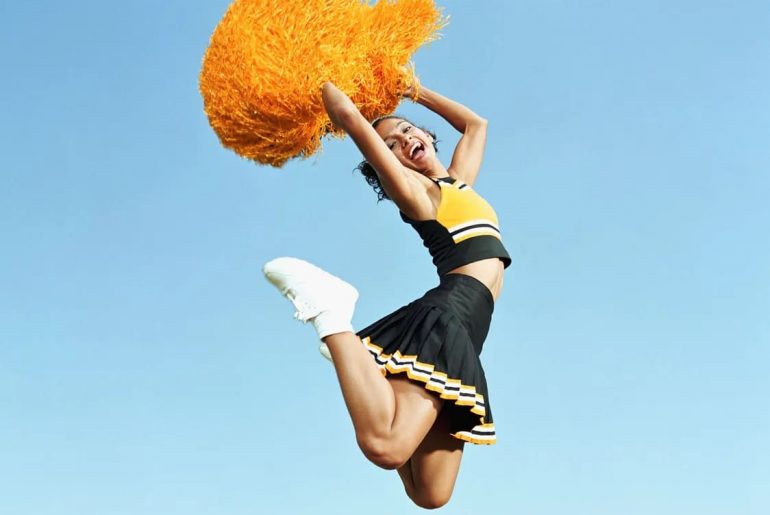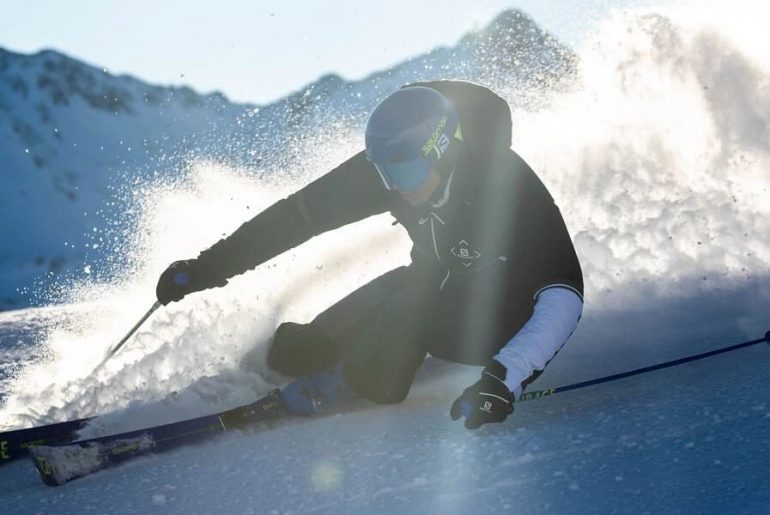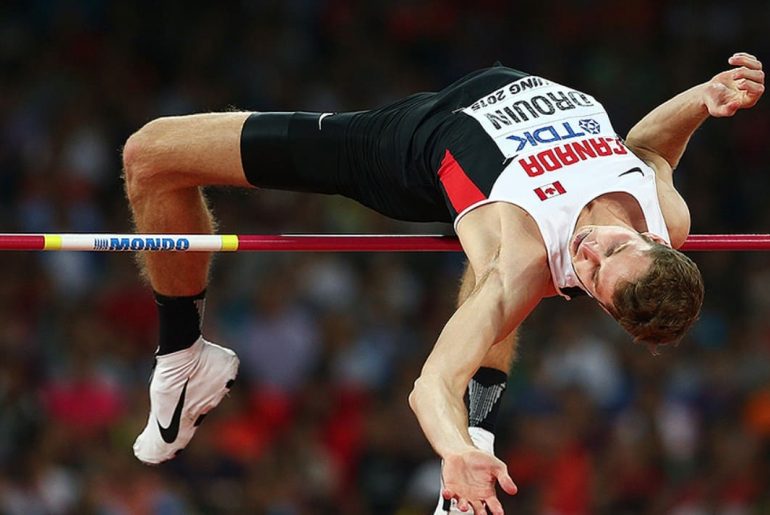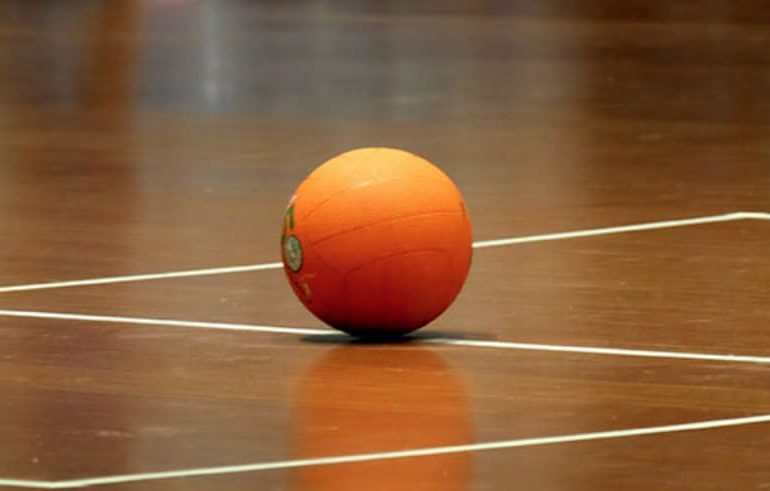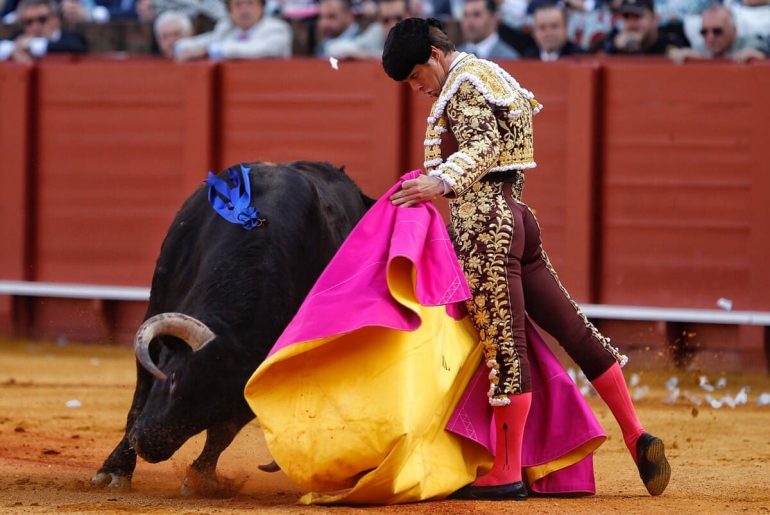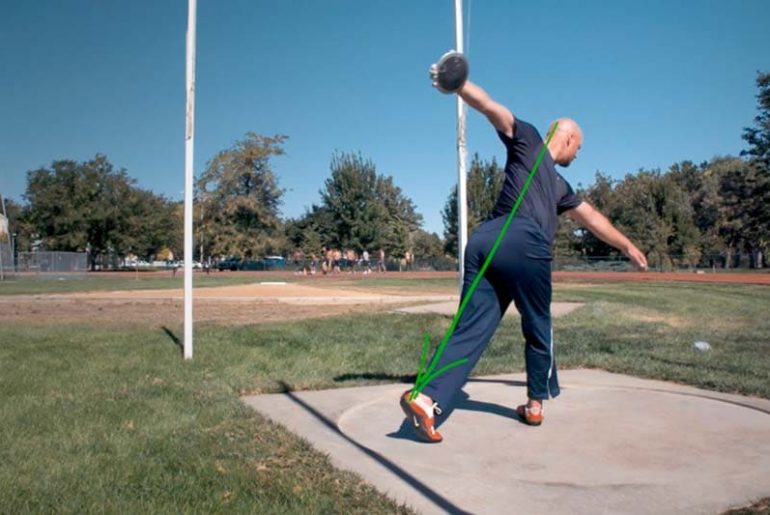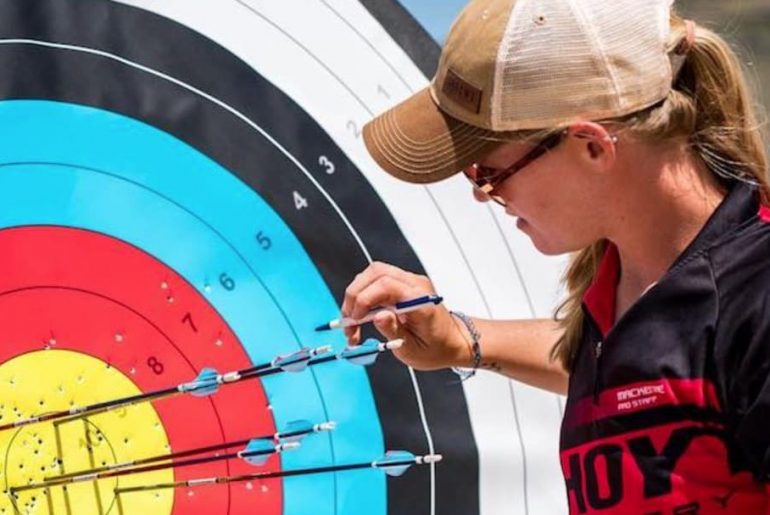Cheerleading Rules: Here’s everything you need to know
The sport of cheerleading originated in the USA. The term is made up of the English word for “cheer” (applause) and “to lead” (to lead or lead) together. So the meaning is “lead the applause,” which was the original purpose of cheerleading. You can learn more about the cheerleading rules here.
Cheerleading is so much more than waving pompoms
Initially, the task of cheering on the audience was incumbent on the men alone. Cheerleaders were scattered among the spectators at a sporting event, cheering up the teams with loud shouts and pertinent gestures. The first organized crowd cheering took place in an 1898 American football final between the University of Minnesota and Northwestern University. It wasn’t until 1980 that the first female cheerleaders were accepted by the public.
Nowadays, female or mixed cheerleading teams are part of the picture of sporting events. In addition to American football and basketball, there are, for example, handball, volleyball, soccer and ice hockey, the cheerleading groups or squads to which they naturally belong.
In the meantime, cheerleading has even established itself as an independent competitive sport on a national and international level – so much more than looking good and waving your pom poms.
Cheerleading as Sports Art
Cheerleading as a sport consists of elements of gymnastics, acrobatics and dance, plus rhythmic cheers. For the competitions, which take place throughout the year, the organized squads have to follow a fixed set of rules. A squad’s program must provide certain mandatory elements within a 2 to 3 minute routine. The judges evaluate the performance according to the degree of difficulty and execution.
As a result, squads are now primarily working towards championships and align their program and training accordingly. Appearances at sporting events are no longer the main job of these cheerleaders.
Age groups
Cheerleading has different age divisions for each competitive category, with only slight differences between the two organizations.
Children/Peewees: CvD up to 12 years, CCVD up to 12 years
Youth/Juniors: CvD 12 to 17 years, CCVD 11 to 17 years
Adults/Seniors: CvD from 16 years, CCVD from 14 years
Styles
The styles of cheering in competition include
Cheerleading with acrobatics (stunts, baskets, pyramids), floor exercises (tumbling) and cheers.
Cheerdance or performance cheer focuses on the dance. There are various dance styles to choose from, such as freestyle (pom dance), theme dance (CVD) and also hip hop (CCVD).
competition categories
In addition to the division into cheerleading and cheerdance, competitions are also divided into all-girl (girls/women) and male-female mixed coed teams. These two variants also occur in all age groups. In addition, different levels are distinguished in the 3 age groups Peewees, Juniors and Seniors. These levels define the degree of difficulty of the programs.
Furthermore, a distinction is made between team categories (12 to 24 active or 16 to 24 active in the respective highest level except limited) and special categories (2 to 5 active).
Among the special categories are
Group Stunt (4 to 5 people) Allgirl and Coed
Partner stunt (1 woman and 1 man)
Double dance (2 people)
In open championships such as the GermanCheerMasters, Elite Beach Cup or the CCVS XMas Cup, there are other categories such as Individual or Hardest Group Stunt.
Cheerleading routine
The program or routine in cheerleading consists of certain movements, artistic elements and cheers.
Fall under
Motions: Specific arm movements used in cheers, chants, stunts and dances.
Chants: chants with mimic and gestural underlining of the content, usually repeated three times.
Cheers: Combinations of words and movements that last longer than chants and are not repeated. The cheer also occurs at the events and is only performed during the official game stoppage and after the game.
Stunts: Lifting figures involving at least two and up to five people (stunt group). A stunt group consists of the flyer, who performs artistic figures, and those who lift, support and catch the flyer (base). Such lifting figures follow strict cheerleading rules and are called, for example, 1 main base and 1 side base, 1 backscoop/backspot, 1 flyer/top or 1 front. Several stunts can also be put together to form a larger overall picture with top/flyer or high flyer (pyramid). The number of people involved is unlimited.
Basket toss or Basket: A flyer is thrown off base and caught. The bases enclose their wrists in such a way that a kind of basket is formed. The flyer also makes figures such as twist, back tuck, toe touch, pike, kick twist/double, x-out, lay-out and the like.
Jumps or leaps can be built into cheers, tumbling, and even dances. There are figures like Toe Touch, Pike, Double Nine or Spread Eagle.
Dance: A dance is part of every performance and every routine, but the pom-poms don’t necessarily have to be there. Many cheerleading teams already have dedicated dance teams dedicated solely to dancing.
Spotter: The word spot is an abbreviation for save person on top, because the job of the spotter is to secure a stunt and prevent injuries. Internal spotters can contribute to the program, but external spotters cannot.
Tumbling are elements of floor exercise such as handstand, flick flack, (extended) somersault, cartwheel, wheel turn or handstand rollover.
Props are tools for a performance, such as the famous pompoms or flags, signs and cardboard megaphones.
Appear
The sport of cheerleading is intended to attract and hold the attention of the audience in a huge and well-filled stadium. Therefore, traditionally, the cheerleading squads appear in flashy glittering and colorful costumes. Often they also use props with more glitter and glamor like from the carnival.
Cheerleading Requirements
If you now want to get started as a cheerleader, you will find the requirements for this great sport, which can also indirectly be called cheerleading rules, here.
Personal requirements
Ambition (Be willing to always improve)
Ability to work in a team (it doesn’t work without cohesion as a team)
Discipline (Don’t give up)
Loyalty (stand by your team)
physical requirements
Athleticism (or the will to become athletic)
extensibility
ideal: experience in gymnastics, ballet
Even if you think you have to be super slim and lean, cheerleading enthusiasts who have a little more on their ribs can also pursue their passion. Depending on this, it can be used as a base or flyer.
Another important thing
As with any other sport, you should be prepared to exercise a lot and adjust your diet. Cheerleading is a very demanding hobby in which the body works at peak performance – so it needs a good basis that you can’t achieve with fries and the like.
Cheerleading Risks
In addition, this sport is not without its dangers, no matter how well the cheerleading rules are followed. A study by the US National Center for Catastrophic Sports Injury shows that about 65 percent of serious sports accidents in high schools occur while cheerleading.
A 2009 court ruling upheld cheerleading as a contact sport and associated injuries as an “occupational hazard.”
How much do Dallas cowboys cheerleaders make?
That is, if you’re a popular, well-known squad. For instance, Dallas Cowboys cheerleaders, aka America’s Sweethearts, who happen to be one of the most popular groups in the NFL, earn about $15-20 per hour, or $500 per match. Therefore, their yearly salary comes out to about $75,000.
How much do NFL cheerleaders make?
Surprisingly, NFL cheerleaders do not earn as much as you might think. On average, the cheerleaders earn about $150 per game. This comes out to about $22,500 per year. They also receive anywhere from $50 to $75 if they are featured for a public appearance.
Is cheerleading a sport yes or no?
Today, cheerleading is popular and taken seriously by cheerleaders who consider it a sport, “an activity that involves physical exertion and skill and in which an individual or team competes against another for entertainment.”
Which NFL teams don’t have cheerleaders?
However, not all NFL teams have NFL cheerleaders. So what are NFL teams without cheerleaders? There are seven football teams without NFL cheerleading squads: the Buffalo Bills, Cleveland Browns, Chicago Bears, Green Bay Packers, LA Chargers, New York Giants, and the Pittsburgh Steelers.
Is cheerleading sexist?
Is cheerleading a form of female objectification?
No. Objectification is something that is done to them. Even if women dress in a way that is particularly attractive to men, it is because they want to feel pretty, not because they actually want to attract men.
Is cheerleading feminine?
While female athletes have much more freedom to participate in athletics, cheerleading remains a feminized activity and continues to reflect a supporting role to masculine athletics.
Can a cheerleader be male?
As of 2005, overall statistics show around 97% of all modern cheerleading participants are female, although at the collegiate level, cheerleading is co-ed with about 50% of participants being male. Modern male cheerleaders’ stunts focus less on flexibility and more on tumbling, flips, pikes, and handstands.
How much do professional cheerleaders make?
Surprisingly, NFL cheerleaders do not earn as much as you might think. On average, the cheerleaders earn about $150 per game. This comes out to about $22,500 per year.
Is competitive cheerleading a sport?
But unlike football, cheerleading is not officially recognized as a sport — neither by the NCAA nor by U.S. federal Title IX guidelines.
Is cheerleading an olympic sport?
No


